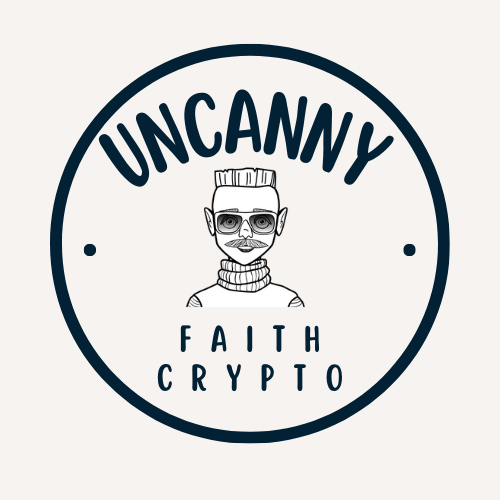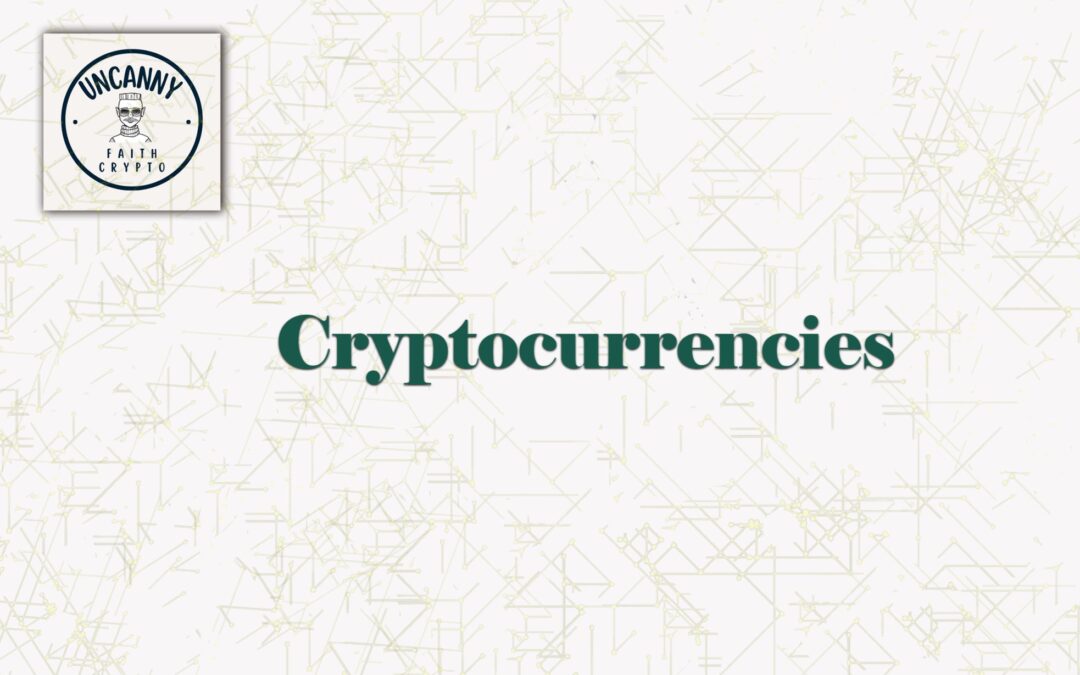Cryptocurrencies have drastically reshaped the way the world views money and finance, and Stellar (XLM) is standing at the forefront of this digital revolution. As we look ahead to 2025, the question arises — what does the future hold for Stellar and its development within the rapidly evolving blockchain ecosystem? From technological trends to price predictions and the forces propelling its growth, this article will explore everything you need to know about Stellar’s trajectory, helping you make informed decisions in the world of crypto.
In this deep dive into Stellar (XLM), we’ll uncover key market trends, what sets Stellar apart, and how it’s positioned as a major player in democratising finance across the globe. Whether you’re a long-time cryptocurrency enthusiast or just entering the market, this article will provide valuable insights into what we can expect from Stellar by 2025.
What Is Stellar (XLM) and Why Does It Matter?
Before jumping into 2025 predictions, let’s take a step back and understand what Stellar is and why it’s so influential in the crypto ecosystem.
Stellar is a decentralised blockchain platform designed to bridge the gap between traditional financial systems and blockchain technology, enabling seamless cross-border transactions. Created in 2014 by Jed McCaleb, co-founder of Ripple, Stellar operates with its native cryptocurrency, Lumen (XLM). The aim? To make international payments faster, cheaper, and more reliable, especially in regions where traditional banking infrastructure is lacking.
How Stellar Stacks Up Against Competitors
- Ripple vs. Stellar: While Ripple focuses more on banks and large institutions, Stellar targets individuals, developing countries, and underbanked populations. This unique focus could be central to Stellar’s growth by 2025.
- Ethereum vs. Stellar: Ethereum prioritises decentralised applications (dApps) and smart contracts. Stellar, on the other hand, emphasises simple, efficient currency exchange and payment solutions — a niche that could see growing demand in the years ahead.
Essentially, Stellar seeks to bring financial inclusion to billions of people worldwide by simplifying cross-border transfers and digital asset exchanges. Understanding these foundations helps clarify why Stellar (XLM) is being projected as a key player in the global financial ecosystem by 2025.
Trends Shaping Stellar (XLM) in 2025
The cryptocurrency landscape is defined by constant innovation. As we anticipate 2025, here are the critical trends likely to influence Stellar’s trajectory:
1. Increased Adoption in Developing Economies
Financial inclusion lies at the heart of Stellar’s mission. By 2025, Stellar aims to create “banking for the unbanked” on a larger scale. Developing countries such as Nigeria, India, and the Philippines are already experiencing a surge in mobile money adoption. Stellar’s technology could further enhance access to financial services, allowing people to send, receive, and save money in a much more secure and cost-efficient way.
2. Central Bank Digital Currencies (CBDCs)
As we approach 2025, more governments are developing and launching central bank digital currencies (CBDCs), which represent fiat currencies operating on a blockchain. Stellar is uniquely positioned to support these initiatives. Its ability to facilitate fast, scalable, and secure transactions makes it an attractive infrastructure for CBDC rollouts.
For instance, Stellar has already partnered with Ukraine’s Ministry of Digital Transformation to develop a CBDC — a move that highlights its potential to play a central role in reshaping sovereign monetary systems in the near future.
3. Progressive Partnerships
Stellar is known for its high-profile partnerships, which continue to fuel adoption. By 2025, the network is expected to add even more collaborations with financial institutions, non-profits, and private companies. Recently, Stellar partnered with MoneyGram, one of the largest remittance service providers, allowing seamless money transfers powered by blockchain.
These initiatives reinforce Stellar’s position as a go-to network for real-world financial applications — something traditional blockchain projects often struggle with.
4. Enhanced Scalability and Interoperability
Technology improvements, such as better scalability and cross-chain interoperability, are likely to be key drivers of Stellar’s growth through 2025. Upgrades to the Stellar Development Foundation (SDF)’s infrastructure are continuously enhancing transaction speed and network efficiency. A blockchain capable of effortless integrations with other crypto networks and financial systems will have a significant edge as demand increases.
Stellar (XLM) Price Predictions for 2025
Cryptocurrency price predictions are always fraught with uncertainty, but analysing market scenarios can offer valuable insights. Where will Stellar (XLM) stand in 2025?
Several experts and financial analysts believe Stellar (XLM) has the potential to see steady growth over the next few years due to its widespread adoption. As of now:
- Stellar is priced at approximately $0.11 (October 2023).
- Optimistic forecasts suggest that Stellar could range between $1 to $2.50 by 2025, depending on broader market conditions, institutional adoption, and network development.
For comparison:
- If more CBDCs launch on Stellar’s network, prices may skyrocket, reflecting the increasing utility of XLM.
- On the other hand, slower adoption rates or global regulatory hurdles could temper Stellar’s rise.
While these figures are speculative, one thing remains clear: Stellar’s focus on cross-border payments and financial inclusivity positions it as a strong candidate for long-term growth.
What Is Driving the Stellar Crypto Revolution?
Stellar’s success is rooted in its ability to solve real-world problems. Here are some of the driving factors propelling Stellar’s revolution in 2025 and beyond:
1. Real-World Applications
Stellar stands out due to its practical, real-world use cases. It facilitates not only cross-border payments but also token creation (e.g., stablecoins). Companies use Stellar to anchor traditional fiat currencies to digital assets.
2. Ultra-Low Transaction Fees
One often underestimated driver of Stellar adoption is its affordability. Transactions on the Stellar network cost only fractions of a cent, making them accessible to users worldwide, no matter their income.
3. Focus on Sustainability
Sustainability isn’t just a buzzword — it represents a growing concern for blockchain projects. Stellar operates using a low-energy, environmentally friendly consensus mechanism. As scrutiny of cryptocurrency energy consumption grows in 2025, Stellar’s energy-efficient approach is a significant advantage.
4. Growing Trust in Blockchain Systems
As more people and organisations recognise the trustworthiness of blockchain systems, Stellar stands to gain as a preferred choice. Its transparent, decentralised, and secure technology appeals to users wary of traditional banking systems.
5. Community Engagement via the Stellar Development Foundation (SDF)
The SDF consistently invests in growing the Stellar ecosystem. From funding emerging fintech companies to improving system infrastructure, the foundation’s role is vital in driving adoption and innovation.
How to Prepare for Stellar’s Future
Are you wondering how to capitalise on Stellar’s potential by 2025? Here are some actionable insights:
- Do Your Research: Stay up-to-date with Stellar partnerships, SDF initiatives, and industry news to understand its evolving ecosystem.
- Diversify Your Portfolio: While Stellar shows promise, mitigate risk by diversifying your cryptocurrency investments.
- Leverage Dollar-Cost Averaging (DCA): Spread your investment over regular intervals to manage volatility and maximise market opportunities.
- Use Stellar Wallets: Explore wallets like Stellar Term and LOBSTR for managing and securing your XLM holdings.
- Watch Out for CBDC Announcements: More partnerships with central banks could significantly impact XLM’s value and use case.
FAQ: Your Stellar (XLM) Questions Answered
1. Can Stellar (XLM) reach $5 by 2025?
While $5 is an ambitious target, it’s not impossible. Achieving it would depend on widespread adoption, major technological advancements, and favourable market dynamics.
2. Is Stellar better than Ripple in 2025?
Stellar and Ripple serve different markets. While Ripple excels in B2B (bank-to-bank) solutions, Stellar shines in financial inclusion for individuals and smaller organisations.
3. What risks does Stellar face?
Like any cryptocurrency, Stellar faces challenges from regulatory uncertainty, competitive innovation, and potential scalability hurdles.
4. Should I invest in Stellar now for 2025?
Cryptocurrency investments are inherently risky, but Stellar’s clear use cases and growing adoption suggest strong potential. Always conduct your research before investing.
Conclusion: A Promising Horizon for Stellar (XLM)
As we march toward 2025, Stellar (XLM) stands poised to redefine global financial systems. Its innovative focus on financial inclusion, low transaction fees, and green infrastructure make it a contender for meaningful change in the crypto landscape.
For investors and users alike, Stellar isn’t just another blockchain project; it’s a revolutionary platform that’s reshaping how people interact with money globally. Whether as a bridge for CBDCs, a tool for seamless remittances, or a platform for tokenised assets, Stellar promises promising possibilities for the future.
By staying ahead of trends and leveraging Stellar’s unique strengths, both investors and everyday users can position themselves to thrive in the digital economy by 2025. So, the question remains: will you be a part of the Stellar revolution?
This article is optimised for Stellar 2025 predictions, trends, and insights while keeping SEO and reader engagement in mind. Add relevant images, infographics, and strong internal/external links to make this content even more powerful in search rankings!

